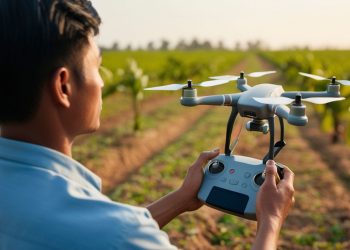Mobileye CEO and co-founder Amnon Shashua announced at a press conference held at the Consumer Electronics Show (CES) 2020, that the company would test and deploy the company’s robotaxi fleet in South Korea.
The Israeli subsidiary of Intel Corporation will launch the robotaxis in Daegu by the year 2022. The autonomous taxis are vision-based self-driving cars with advanced driver-assistance systems. The robotaxis attracted a lot of attention during the CES 2020 with its driverless concept.
The local government of Daegu will be responsible for putting in place regulatory guidelines supporting the establishment of the autonomous taxi fleet operation.
Under the agreement announced at CES 2020, Mobileye would incorporate its self-driving technology that contains sensor fusion, Road Experience Management (REM) mapping technology, and visual perception accompanied by its driving policy. The system would allow the taxis a driverless mobility operation in South Korea.
The “Responsive Sensitive Safety,” or RSS, influences the decision-making of the vehicles. RSS is as
During last year’s CES, Shashua also announced that Mobileye aims to have hundreds of self-driving taxi units operating in Tel Aviv, Israel.
Mobileye’s CEO also announced during the CES 2020, that Mobileye would supply its Road Experience Management (REM) mapping technology to the government-run Chinese car manufacturer SAIC Motor Corporation.
SAIC and Mobileye signed an agreement to utilize Mobileye’s REM mapping technology on SAIC vehicles. REM mapping will pave the way to map China for L2+ ADAS deployment.
Mobileye’s RoadBook will receive information from SAIC vehicles on China’s roads, generating a high-definition map of the country that can be utilized by vehicles with high levels of autonomy.
Intel’s subsidiary will also use REM mapping technology with the launch of the autonomous taxis in Daegu that would then contribute to RoadBook.
REM depends on low-bandwidth uploads and crowd-sourcing to gather information, turning passenger cars into collecting vehicles that will make RoadBook a global system.







